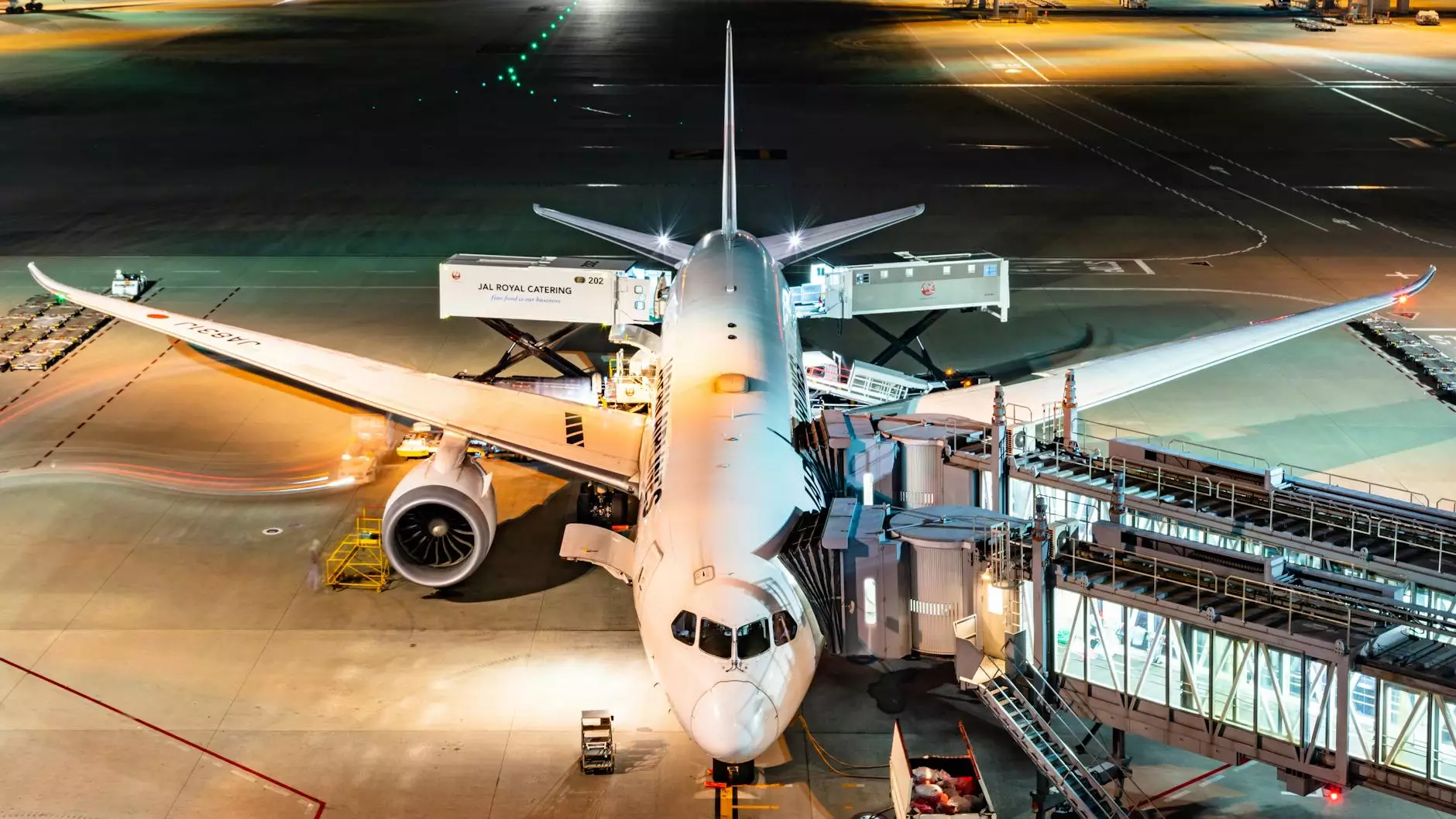Understanding Lung Cancer CT Scans: A Comprehensive Guide

Lung cancer is one of the leading causes of cancer deaths worldwide. Early detection is crucial for increasing survival rates, and one of the most effective tools for diagnosing lung cancer is the lung cancer CT scan. In this article, we will delve deep into the world of lung cancer CT scans, exploring their importance, how they work, benefits, risks, and what patients can expect during the process.
What is a Lung Cancer CT Scan?
A lung cancer CT scan, also known as a computed tomography scan, is a non-invasive imaging technique that helps in the early detection of lung cancer. It provides more detailed images of the lungs compared to traditional X-rays, allowing healthcare professionals to identify tumors or other abnormalities more accurately.
Why is a CT Scan Essential for Lung Cancer Diagnosis?
CT scans play a crucial role in lung cancer diagnosis for several reasons:
- Detecting Early Signs: CT scans can detect small tumors that may not be visible through a regular chest X-ray.
- Detailed Imaging: They provide cross-sectional images of the lungs, giving doctors a better view of the structure and any irregularities.
- Monitoring Progress: After diagnosis, CT scans are used to monitor the progression of the disease and the effectiveness of treatment.
- Staging Cancer: They help determine the stage of lung cancer, which is vital for developing an appropriate treatment plan.
How is a Lung Cancer CT Scan Performed?
The procedure for a lung cancer CT scan is relatively straightforward:
- Preparation: Generally, no special preparation is required, although patients may be asked to avoid eating or drinking for a few hours prior to the scan.
- Positioning: The patient lies on a table that slides into the CT scanner, which is a large machine shaped like a doughnut.
- Scanning: The machine rotates around the patient, taking images from different angles.
- Contrast Dye: In some cases, a contrast dye might be injected to enhance imaging quality.
- Duration: The entire process usually takes about 30 minutes, but the actual scanning takes only a few minutes.
Benefits of Lung Cancer CT Scans
There are several benefits associated with undergoing a lung cancer CT scan:
- High Sensitivity: CT scans have a high sensitivity rate for detecting lung cancers, especially in high-risk patients.
- Non-Invasive: CT scans do not require any invasive procedures, making them safer and more comfortable for patients.
- Quick Results: Most facilities can provide results relatively quickly, aiding in prompt diagnosis and treatment.
- Comprehensive Visualization: CT imaging can reveal other issues that may not be related to lung cancer, helping to provide a full picture of lung health.
Risks and Considerations
While CT scans are generally safe, there are some risks to consider:
- Radiation Exposure: CT scans expose patients to a small amount of radiation. Though the risk is minimal, it is still a consideration, especially in repeated scans.
- Contrast Reactions: Some patients may have allergic reactions to the contrast dye used in the scan.
- False Positives: Occasionally, CT scans may identify non-cancerous nodules that could lead to unnecessary anxiety or further invasive testing.
Who Should Undergo a Lung Cancer CT Scan?
Certain populations are recommended to undergo lung cancer CT scans. These include:
- Smokers: Individuals aged 50 to 80 who have a history of heavy smoking.
- Ex-Smokers: Those who have quit smoking within the last 15 years.
- Family History: Individuals with a family history of lung cancer.
Preparing for Your CT Scan
Preparation before a CT scan can enhance the quality of results. Here are some tips:
- Inform Your Doctor: Always inform your healthcare provider about any allergies, especially to contrast materials.
- Wear Comfortable Clothing: Opt for loose-fitting clothes without metal fasteners.
- Hydrate: Drink plenty of water before the procedure to help in flushing out contrast dye post-scan.
What to Expect After the Scan
After the lung cancer CT scan, patients can expect the following:
- Monitoring: If contrast dye was used, patients may be monitored for a short time for any adverse reactions.
- Results Timeline: Most doctors provide results within a few days; however, urgent cases can be expedited.
- Follow-Up: Depending on results, additional diagnostic tests or scans may be scheduled.
The Future of Lung Cancer Detection
Advancements in technology promise to make lung cancer detection even more precise and efficient. Innovations include:
- Low-Dose CT Scans: These scans use reduced radiation levels while maintaining image quality.
- Artificial Intelligence: AI is being integrated to help radiologists interpret scans with higher accuracy.
- Biomarkers: Research is ongoing to find blood-based biomarkers that complement imaging techniques.
Conclusion
The lung cancer CT scan is a vital tool in the ongoing fight against lung cancer. It offers early detection, precise imaging, and the potential for life-saving interventions. Understanding this procedure empowers patients and promotes proactive health management.
It is essential to consult with healthcare professionals to determine the appropriateness of lung cancer CT scans based on individual risk factors and medical history. With advancements in technology and ongoing research in the field of oncology, we can look forward to even better outcomes for individuals affected by lung cancer.
At Hellophysio.sg, we emphasize the importance of early diagnosis and comprehensive care in physical therapy and sports medicine. If you or a loved one are at risk, don’t hesitate to discuss the necessity of lung cancer CT scans with your healthcare provider.









